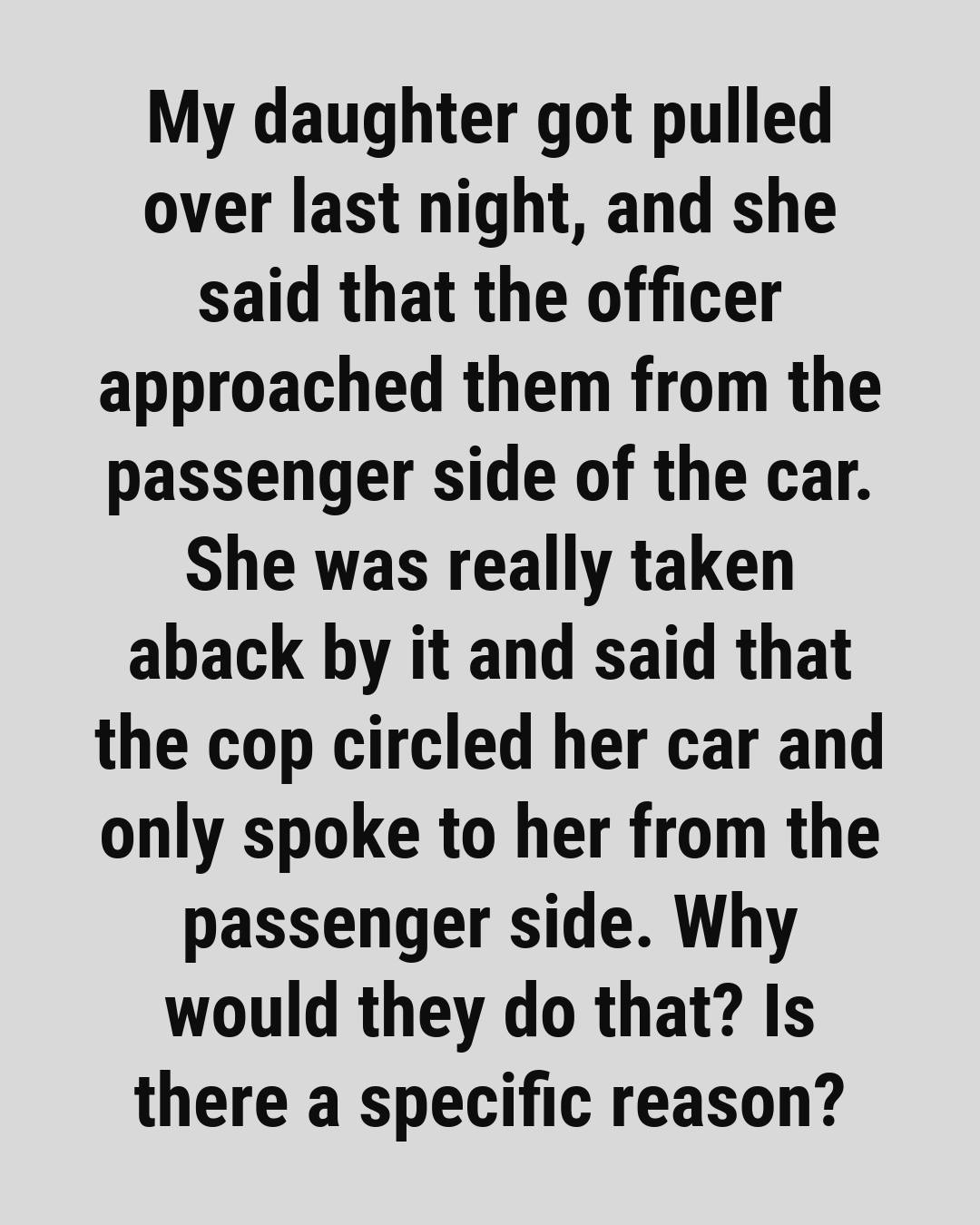Seeing flashing lights in your rearview mirror can instantly spike anxiety, even for the calmest of drivers. That sudden glow of red and blue can trigger a rush of adrenaline, heart rate increase, and a mental loop of “Did I do something wrong?” While it might feel abrupt, what often seems like an unpredictable or even personal experience is actually a structured, methodical process designed primarily with safety in mind—for both the officer and the driver. Understanding the steps involved can help reduce stress and make the interaction smoother.
Before an officer even activates the lights and siren, there is preparation behind the scenes. Officers first run the vehicle’s license plate through their database. This quick check can reveal if the car has been reported stolen, if its registration has expired, or if the driver has any outstanding warrants. These checks happen within seconds, often while the officer is still patrolling, and are used to ensure that any interaction remains safe for everyone involved. They also radio dispatch with the vehicle’s details, including make, model, and license plate, and they may request backup if the situation presents a potential risk. The officer then chooses a location to make the stop, ideally one that is well-lit, has minimal traffic, and allows space to safely pull the vehicle to the side. This careful attention to location isn’t about taking time to inconvenience the driver—it’s about creating a controlled environment where hazards are minimized.
Once the vehicle has stopped, the positioning of the patrol car plays a critical role in safety. Officers often park slightly offset behind the vehicle rather than directly behind it. This offset positioning serves multiple purposes: it creates a safer approach path for the officer, shields them from passing traffic, and gives them better visibility of the car and its passengers. Some officers even turn their wheels outward as an extra precaution in case they need to move quickly. As the officer approaches the vehicle, they scan the interior for potential threats or hazards. They take note of passenger movement, check for visible weapons, and place a hand on the rear of the car to leave a fingerprint. While this might seem unusual, it’s a small but important measure for accountability and officer safety.
When the officer reaches the driver’s side window, a set of standard instructions typically follows. You’ll be asked to turn off the engine, roll down the window, and provide your driver’s license, registration, and proof of insurance. Occasionally, questions may be repeated, or the officer may address passengers separately. These measures aren’t signs of mistrust—they’re part of a protocol designed to assess the situation fully and reduce the risk of misunderstandings. Both parties play a role in maintaining safety during the interaction. Drivers can help by keeping their hands visible, remaining calm, and waiting for clear instructions. This cooperative behavior allows the officer to perform their duties efficiently while minimizing tension.
Traffic stops generally follow a predictable pattern from start to finish. The initial flashing lights are not accusations—they are a signal of caution and a request for attention. Understanding this framework can help drivers feel less targeted and more in control, even in moments of stress. Most stops are brief, lasting only a few minutes, and often conclude with a simple conversation, a warning, or the exchange of documents. By being aware of what the officer is doing and why, drivers can anticipate the process, avoid unnecessary fear, and maintain their safety.
It’s also important to recognize that the officer’s primary concern is not penalizing the driver, but ensuring that everyone—including themselves—remains safe during the stop. This perspective can change how one experiences the moment. Instead of feeling singled out or under attack, a driver can see the interaction as a cooperative safety procedure. Remaining polite, patient, and attentive allows the stop to proceed quickly and efficiently, often leaving both the officer and the driver feeling secure.
In summary, seeing those flashing lights doesn’t have to induce panic. Understanding the behind-the-scenes procedures—the license plate checks, dispatch communication, vehicle positioning, and approach techniques—demystifies the process and can reduce anxiety. By keeping hands visible, following instructions, and staying calm, drivers not only protect themselves but also support the officer’s efforts to protect everyone on the road. Traffic stops are, more often than not, routine interactions. When approached with awareness and patience, they can be safe, short, and even informative experiences, rather than stressful confrontations. Recognizing the structure, intent, and care behind each step allows drivers to maintain composure, cooperate effectively, and respect the officer’s critical role in public safety.
